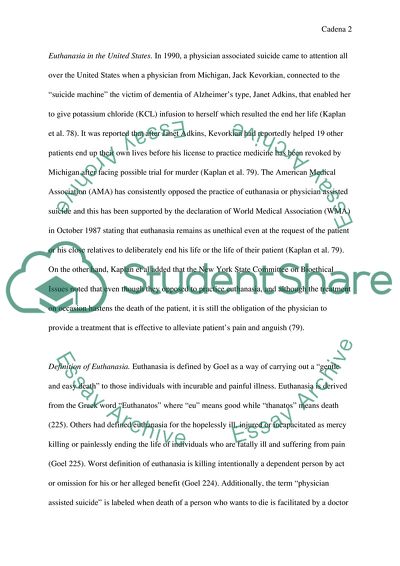Cite this document
(“Exploring the Effects of Euthanasia Term Paper Example | Topics and Well Written Essays - 2250 words”, n.d.)
Exploring the Effects of Euthanasia Term Paper Example | Topics and Well Written Essays - 2250 words. Retrieved from https://studentshare.org/social-science/1760883-explore-the-effects-of-one-of-the-special-types-of-loss-euthanasia
Exploring the Effects of Euthanasia Term Paper Example | Topics and Well Written Essays - 2250 words. Retrieved from https://studentshare.org/social-science/1760883-explore-the-effects-of-one-of-the-special-types-of-loss-euthanasia
(Exploring the Effects of Euthanasia Term Paper Example | Topics and Well Written Essays - 2250 Words)
Exploring the Effects of Euthanasia Term Paper Example | Topics and Well Written Essays - 2250 Words. https://studentshare.org/social-science/1760883-explore-the-effects-of-one-of-the-special-types-of-loss-euthanasia.
Exploring the Effects of Euthanasia Term Paper Example | Topics and Well Written Essays - 2250 Words. https://studentshare.org/social-science/1760883-explore-the-effects-of-one-of-the-special-types-of-loss-euthanasia.
“Exploring the Effects of Euthanasia Term Paper Example | Topics and Well Written Essays - 2250 Words”, n.d. https://studentshare.org/social-science/1760883-explore-the-effects-of-one-of-the-special-types-of-loss-euthanasia.


